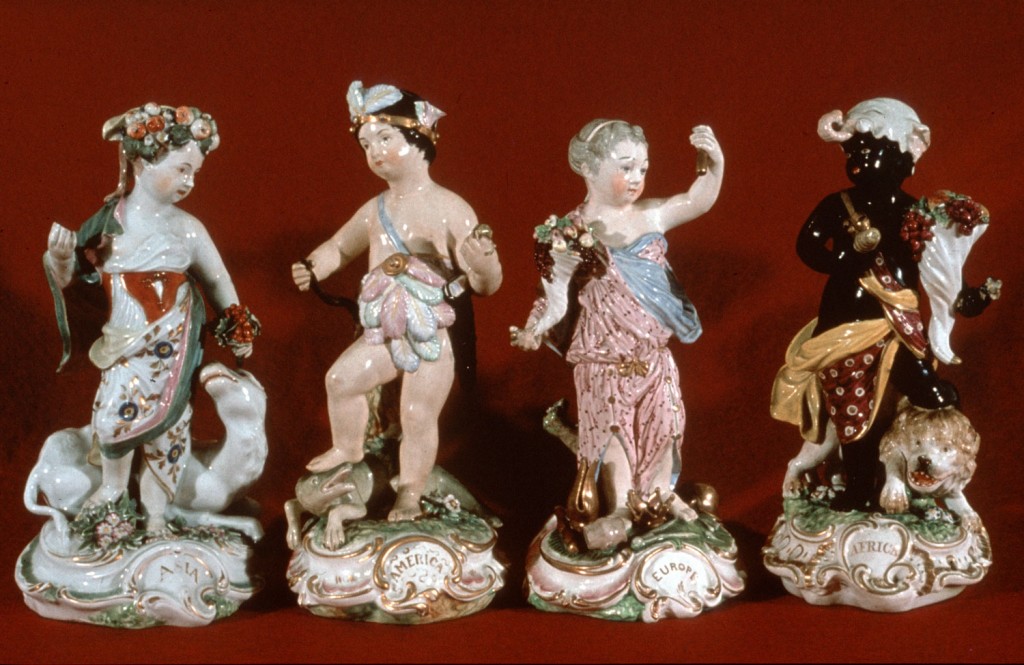Johnson and Derby Porcelain
Image: The Four Quarters (Continents), c.1775. These items date from the time of Samuel Johnson’s visit to Derby Porcelain in 1777.
Image from: Derby Museum & Art Gallery
Derbyshire was famous for its industry as well as its natural resources of metals, minerals and water power. Since the mid-1750s Derby Porcelain had been manufactured at William Duesbury’s china works. In 1773 Duesbury acquired the right to use the royal crown to mark his ware and by the time of his death in 1786 it was one of the foremost producers of ceramics in Britain.
When Boswell and Johnson arrived in on 20 September 1777, they went to see “the manufactory of china there” together with the local physician Dr Butter. Boswell admired the ingenuity of the artisans, their delicate art and the way in which they “fashioned clay into a cup, a saucer, or a tea-pot, while a boy turned round a wheel to give the mass rotundity”. He thought the china beautiful but agreed with the observation of Dr Johnson that it was too dear – an opinion Johnson was to confirm in a letter to Mrs Thrale:
I took Boswell yesterday to see Keddleston, and the silk mills, and china work
at Derby, he was pleased with all. The Derby China is very pretty, but I think
the gilding is all superficial, and finer pieces so dear, that perhaps silver vessels
of the same capacity may be sometimes bought at the same price. (Letters, i: 70).
In The Dictionary Johnson defines china or porcelain as “dimly transparent, partaking of the qualities of earth and glass” and he elaborates on the process of its manufacture whereby “by mingling two kinds of earth, of which one easily vitrifies; the other resists a very strong heat: when the vitrifiable earth is melted with glass, they are completely burnt”. Johnson owned a number of pieces of ceramic ware. The British Museum has a Chinese famille rose porcelain teapot datable to about 1775. At Pembroke College, Oxford, there is a Worcester blue and white mug of about 1775-80, said to have been used by Johnson to drink gruel when he visited the Master of Kettle Hall and a large blue and white Worcester tea-pot (or punch pot) of about 1765-70. His Diary records a visit to Worcester in 1774: “We went to the China Ware-House and thereon to the Cathedral, its chapter house and cloister”, but no mention is made of any purchase of porcelain.
« Previous in this sectionNext in this section »Continue browsing this section
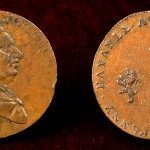 The occurrences of common life: Samuel Johnson, Practical Science and Industry in the Midlands
The occurrences of common life: Samuel Johnson, Practical Science and Industry in the Midlands
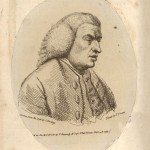 Johnson: Observation and Enquiry
Johnson: Observation and Enquiry
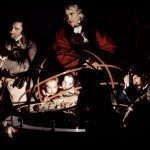 Johnson and Science
Johnson and Science
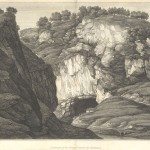 Johnson, the Natural World and Industry
Johnson, the Natural World and Industry
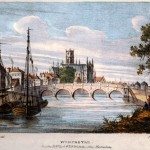 Johnson, Bridges and John Gwynn
Johnson, Bridges and John Gwynn
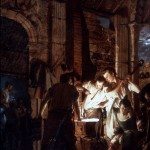 Johnson and Practical Improvement: Iron
Johnson and Practical Improvement: Iron
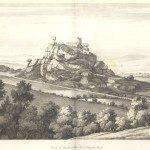 Johnson and the Midlands Landscape
Johnson and the Midlands Landscape
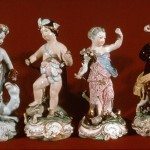 Johnson and Derby Porcelain
Johnson and Derby Porcelain
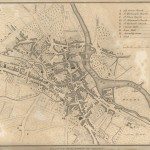 Johnson and Silk Production in Derby
Johnson and Silk Production in Derby
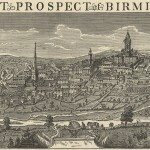 Johnson in Birmingham
Johnson in Birmingham
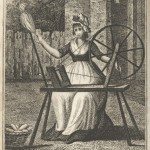 Johnson, John Wyatt and Lewis Paul: Improvements to Cotton Spinning
Johnson, John Wyatt and Lewis Paul: Improvements to Cotton Spinning
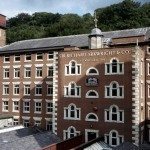 Johnson, the Society of Arts and the Transformation of the Cotton Industry
Johnson, the Society of Arts and the Transformation of the Cotton Industry
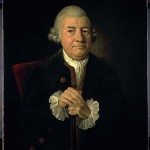 Johnson and John Baskerville
Johnson and John Baskerville
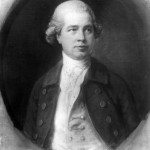 Johnson, John Taylor and Henry Clay
Johnson, John Taylor and Henry Clay
 Johnson and Matthew Boulton
Johnson and Matthew Boulton
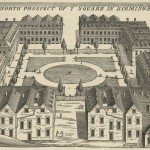 Johnson: “a longer stay”
Johnson: “a longer stay”



